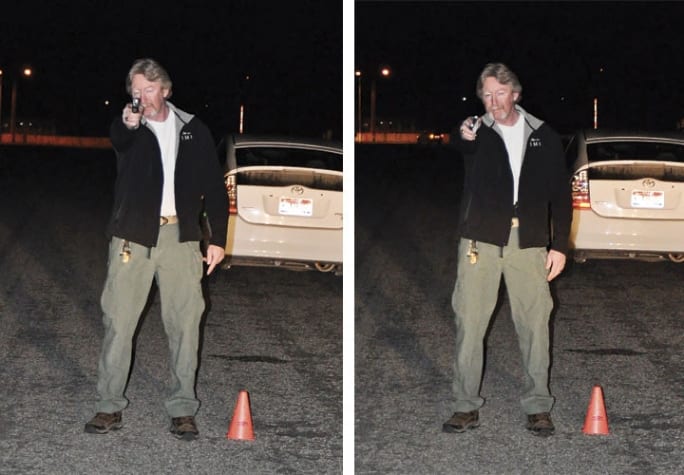You are about to initiate a nighttime traffic stop. Subconsciously you are simultaneously considering your own safety and the safety of the driver. You start the process by picking a safe spot to pull the driver over. Then you begin to look for any suspicious movements and or activity in the suspect vehicle. Next comes the call out and the activation of your equipment and you begin to position your patrol vehicle according to department policy and or your personal preferences.
Traffic stops are second nature to most patrol officers but even the most routine activities become more complex when executed in diminished light. Let's review nighttime traffic stop safety procedures that you should know and then we'll look at some additional considerations that can help increase your safety during a nighttime traffic stop.














